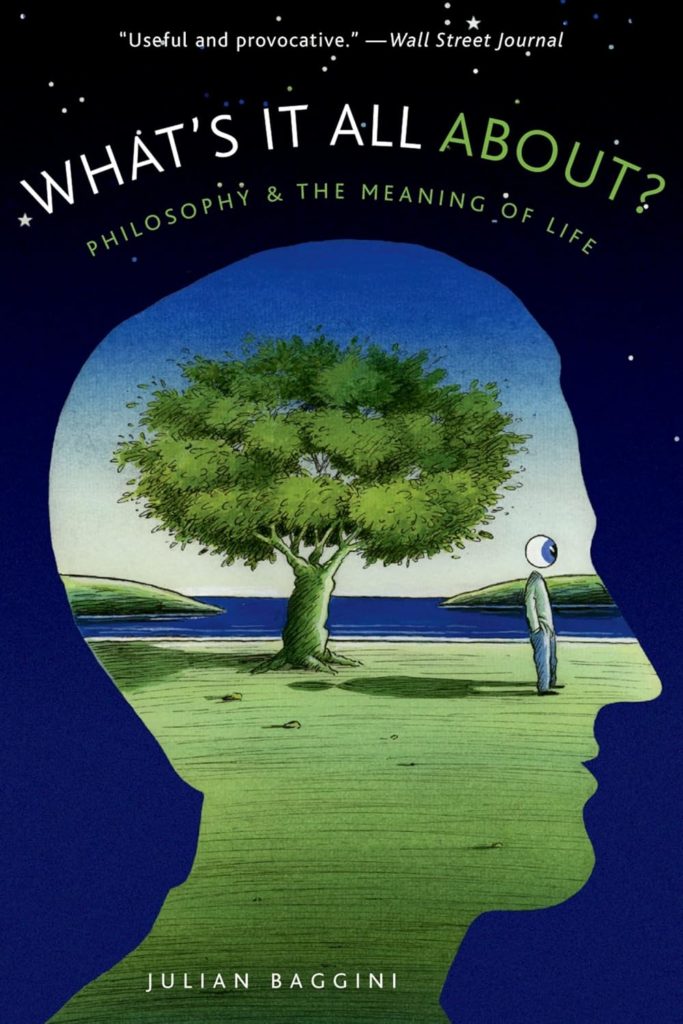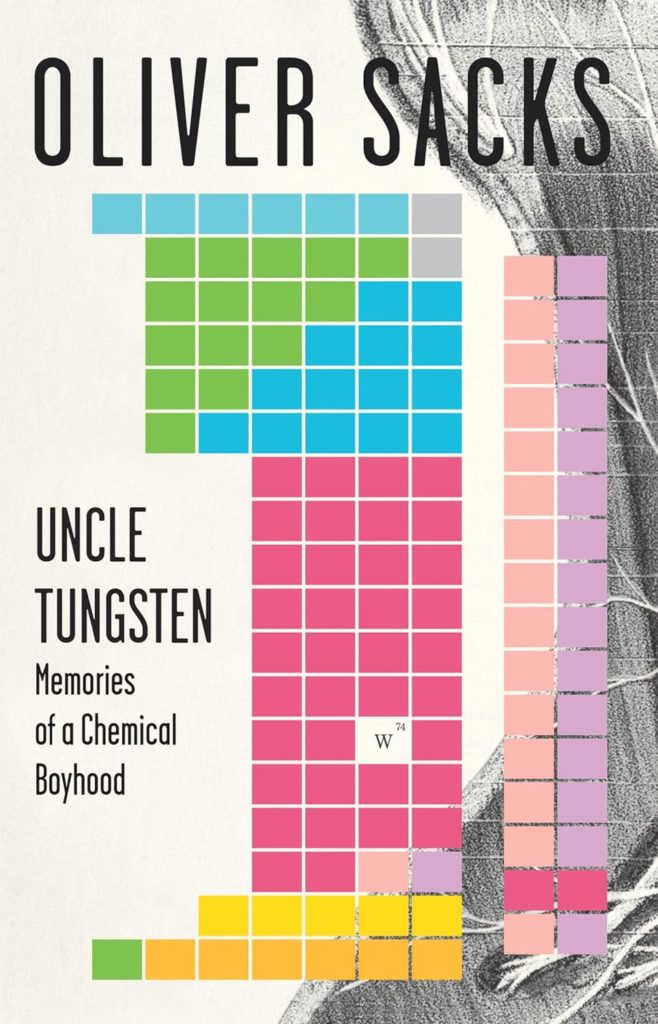
Truth, Lies, and O-rings by Allan McDonald with James Hansen
Allan McDonald’s telling of the events in Morton Thiokol leading up to–and in the aftermath of–the Challenger explosion.
Pretty disheartening to see the blatant disregard for safety issues on a continuing basis. The same culture which appears to have been directly culpable for the Columbia failure 17 years later. Namely, when a disaster was narrowly averted that was internalized to mean something was safe to do rather than “wow, we were lucky, we better make sure that doesn’t happen again.”
The Peace War by Vernor Vinge
After the heavy non-fiction of A Man on the Moon and Truth, Lies, and O-rings I opted for some lighter fare.
I’ve read this before. I find it particularly amusing because the antagonists of the story is the Livermore Energy Lab (a.k.a. LLNL). They’ve imposed a tyrannical peace on the world by sealing away the implements of war.
However, the protagonists disagree on these being a preferable world to live in.


What’s it all About? Philosophy & the Meaning of Life by Julian Baggini
This is a very short introduction to the fundamental concepts in philosophy on the topic of the meaning of life.
Baggini winds up in the position that meaning in life comes from whatever we give it. Which he recognizes can be rather terrifying to some people who want some ultimate purpose handed down from on high.
But he carefully walks through the argument that any meaning tied to an after life just pushes the question without resolving anything.
Marooned in Realtime by Vernor Vinge
Although I had read The Peace War previously, I was not aware there was a sequel until I stumbled on it looking for new reading ideas.
So I grabbed this to read. It certainly takes place in the same fundamental universe, but it’s a completely different kind of story.
While The Peace War is mainly an action/adventure story this is a murder mystery: The death of a woman from natural causes tens of thousands of years ago. How is that murder and why would anyone even care? Guess you’ll have to read it to find out.











